Affiliate links on Android Authority may earn us a commission. Learn more.
LG V30 arrives on the scene: Snapdragon 835, POLED display, and IP68 rated
Published onAugust 31, 2017
LG first introduced the V series in 2015, starting with the LG V10. From day one, the focus has always been on bringing the best multimedia features while offering up a durable package with all the high-end specs that power users are craving. Now in 2017, this tradition continues with the new LG V30.
The V30 introduces quite a few firsts for the series, the company, and even mobile devices in general. While we’ll be jumping into the V30 even deeper in our hands-on coverage, this feature aims to shed light on the key takeaways you need to know about LG’s latest flagship.
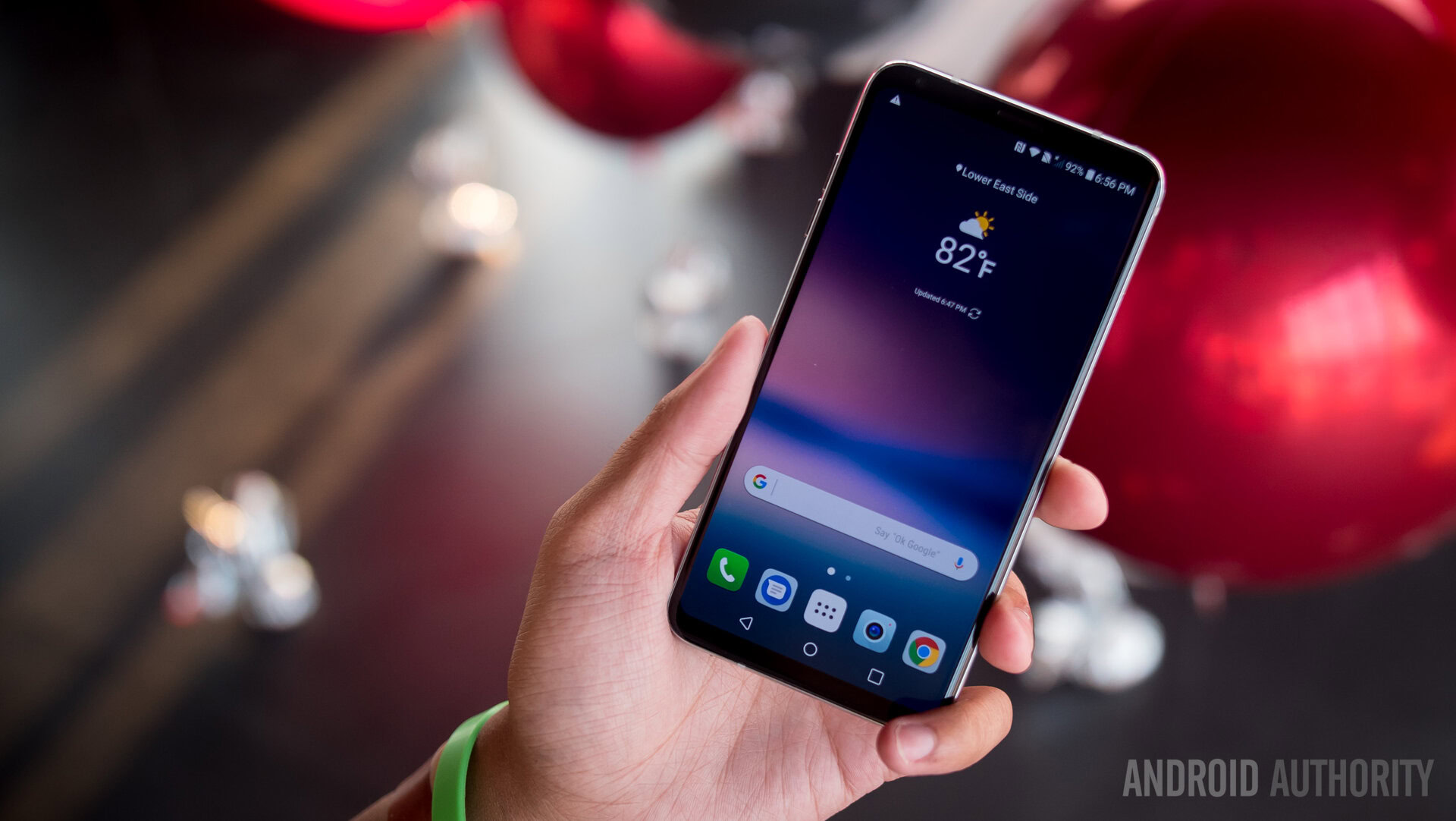
The LG V30 sports brand new look, alongside a gorgeous P-OLED display.
The first thing you’ll notice about the LG V30 is that, while the camera and fingerprint placement remains mostly the same as the V20, there a quite a few design changes here that make it stand out as way more than just an iterative update.
Up front, the LG V30 introduces a gorgeous 18:9 6-inch P-OLED display, which is a big change from the IPS screen found in the handset’s predecessor. On the back, the V30 gently curves into the edge of the phone providing excellent handling that feels reminiscent of the Galaxy S7 Edge. The finish on the LG V30 is also more akin to the G6, featuring an all-metal body with the same smooth metallic feel.
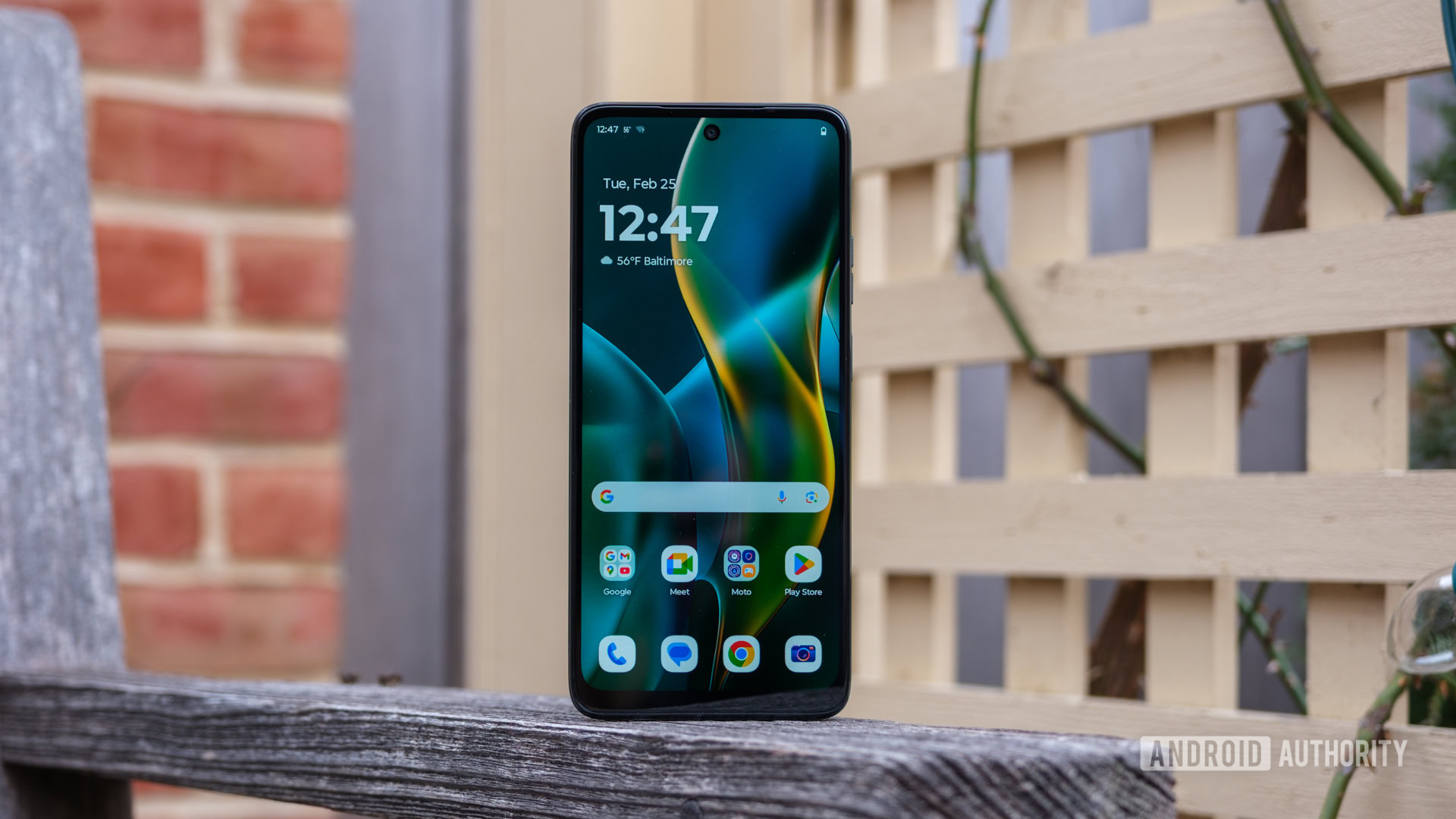
All the beefy specs worthy of a 2017 flagship
The LG V30 is powered by a Snapdragon 835 with 4 GB RAM, 64 GB storage, and a 3,300 mAh battery. These are pretty standard fare when it comes to a 2017 smartphone, though we have to admit we would have liked to see a bit more RAM, especially with more phones offering 6 GB or more, including the Note 8 and OnePlus 5. Although, the jury’s still out as to whether or not that extra 2 GB of RAM is needed.
On the connectivity front you’ll find LTE, Bluetooth 5.0 with AptX HD, and more.
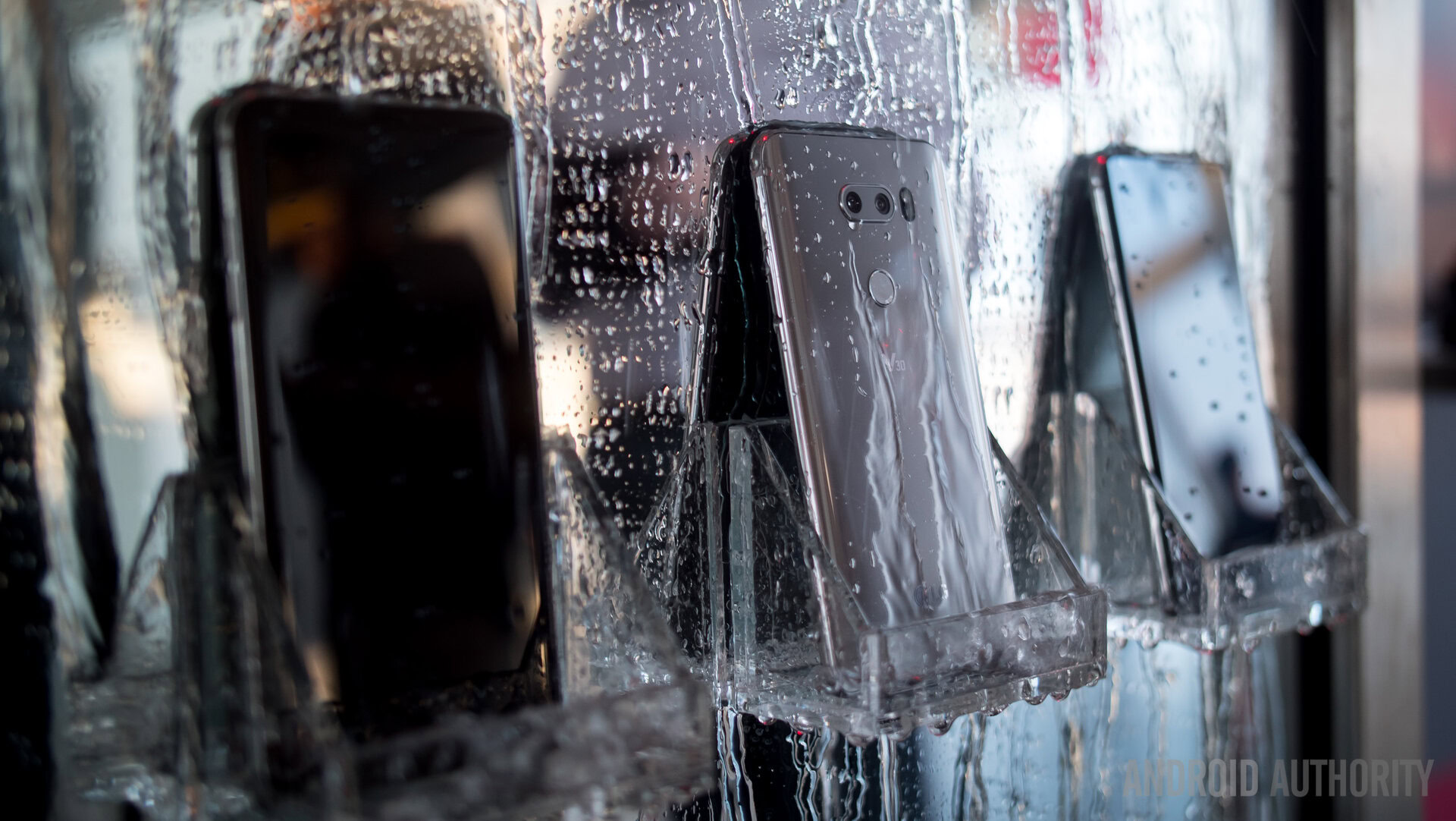
This time, the V series goes waterproof.
The LG V20 was a monster of a phone, but one thing missing from its spec sheet? Waterproofing. With the LG V30, LG now brings IP68 dust and water resistance. The phone can handle submersion to a depth of 1.5 meters for up to 30 minutes, and LG says a heat pipe and cooling pad is used to dissipate heat quickly. It’s also worth noting that the phone is still MIL spec grade, meaning it can handle quite a few drops. Combining that with waterproofing should make for a pretty rugged handset, without sacrificing its high-end premium looks.
LG takes its photography game to a whole new level.
LG’s V30 brings quite a few camera improvements, both on the software and hardware front. While LG V20 had a great camera setup, this time around LG is adopting a 16 MP snapper with an impressive f/1.6 aperture and a 71-degree field of view. The second lens on the back is a 13 MP shooter with a f/1.9 aperture and 120-degree field of view. While there is optical image stabilization, you’ll only find it on the main lens.
LG also added a new Crystal Clear Lens which is designed to offer a more realistic overall image, departing from the plastic lenses found on most mobile devices. LG says this not only means the V30 can provide the “brightest mobile camera” available, it also has improved transparency by four percent. The end result is that the phone can capture up to 11 grades of darkness, versus 9.5 grades with most other mobile cameras. Essentially, this means you have darker blacks, which results in the ability to create more dramatic video content.
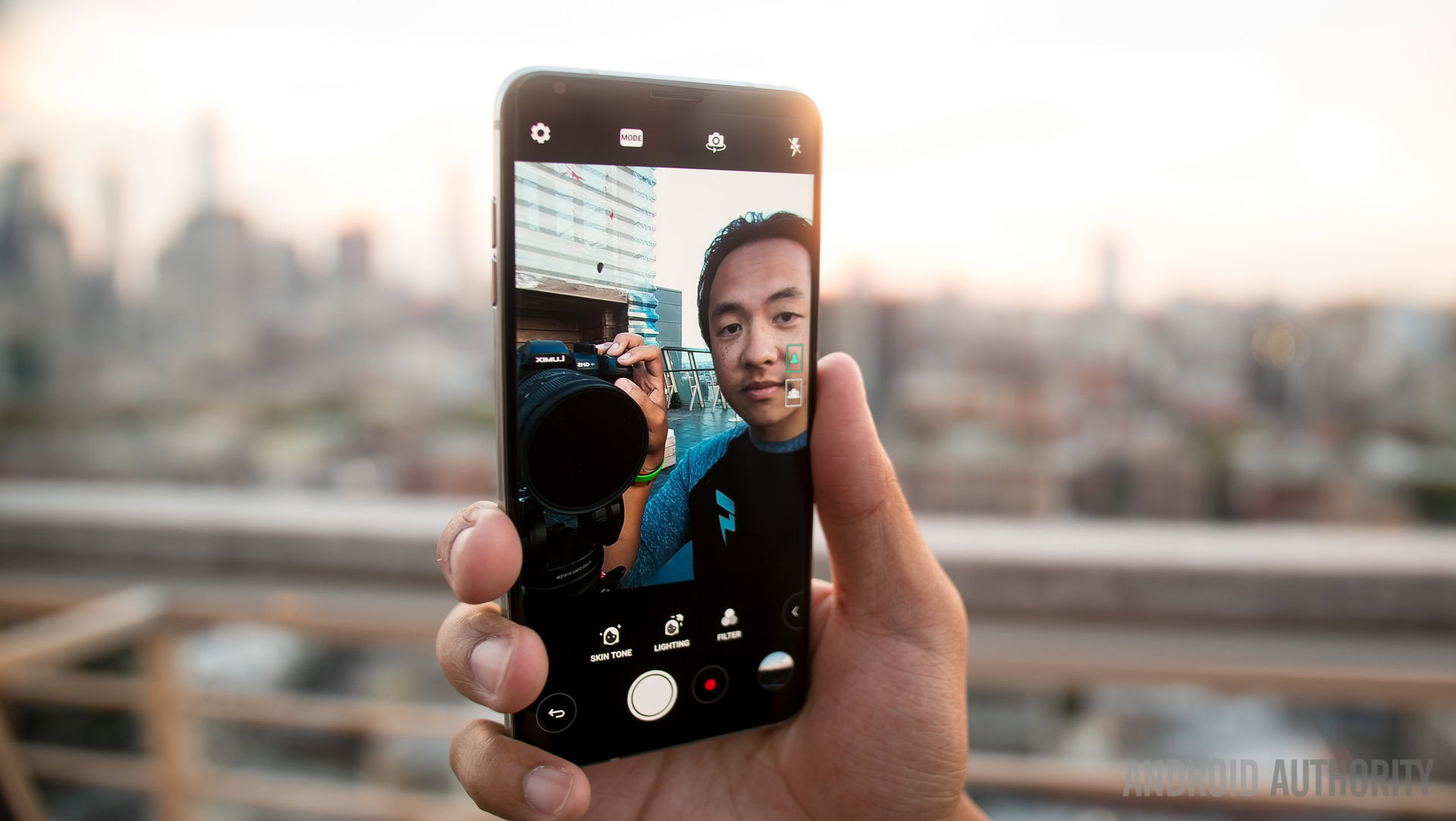
Introducing Cine video, a major new camera software addition.
Continuing our focus on the camera, LG is showcasing a few major new software features. The first is called Cine Video, which allows you to use special built-in affects that let you add movie-grade hues and more to give your photos a more “professional” look. The second focus feature is Point Zoom, which is technically part of Cine Video. This feature lets you zoom smoothly into any part of a video, rather than having to zoom into the center and then move the camera, as is the case with other devices.
Lastly, there’s Cine Log. This allows you to capture a wide dynamic range and color gamut, record video using log gamma curve, and save the details in a look up table so you can edit in tools such as Adobe Premiere Pro. If you have any interest in video production, this is a feature that likely appeals as it’ll mean you’re able to color-grade the video to a professional standard.
Bottom-line, LG wants the V30 to be the phone for video ethusiasts, YouTubers, and more.
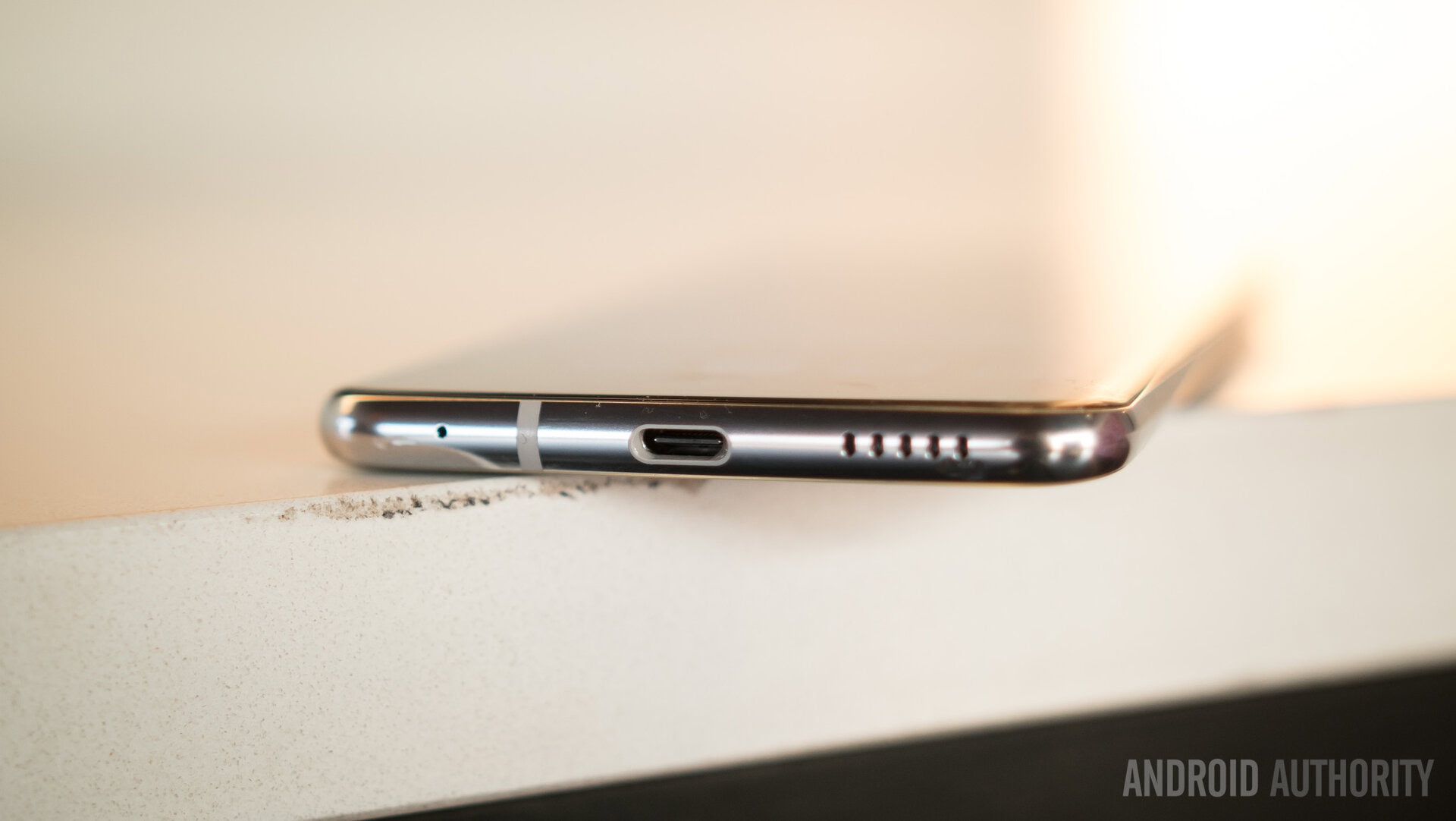
Audio remains a key focus for the V series.
Once again, LG brings its A-game when it comes to audio, offering a Hi-Fi Quad DAC that was tuned by B&O Play. LG also mentions the handset will come with B&O Play headphones, though its possible that could only be for select markets. The V30 also features digital filters that allow you to adjust the impulse response of music and tailor it to your taste, while Hi-Fi Audio Recording means you’ll get great audio in video or when recording audio directly to the phone.
However, the biggest change this time around is that this is the first device to support MQA. For those that don’t know, this allows for streaming of high-res audio with a small file size and no loss of quality. For recording audio, there’s also the Receiver-as-a-mic feature, which means the earpiece doubles as a microphone to ensure crystal clear audio.
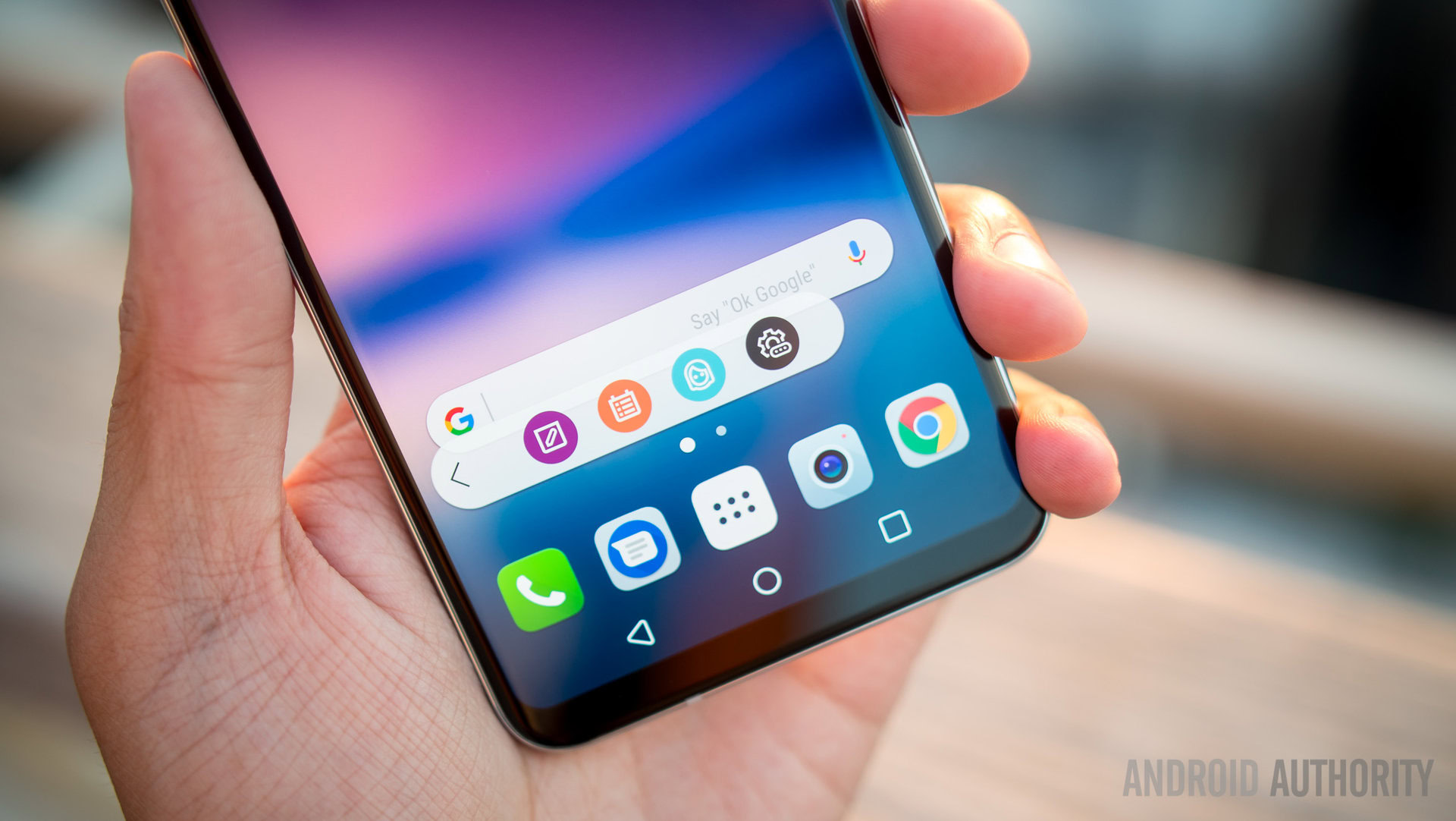
Second Screen is dead. Long live the floating bar!
Starting with the LG V10, the second display ticker has been a key feature of the V series, but no more. The massive 18:9 display negates the need for the ticker, but the floating bar largely takes its place. What exactly is a floating bar? Basically it’s a slide-out menu that floats around the screen, can easily be dismissed, and gives you basically the same options as the ticker/second display found in its predecessor.
The rest of the software experience is pretty similar to the LG G6 and V20, based on Android Nougat. An Oreo update is promised, but LG has no specifics as to when we can expect it.
There’s an LG V30 Plus, but it’s not really any different.
The LG V30 will come in two versions, the V30 and the V30 Plus. You might think the latter has more storage, RAM, and perhaps a bigger display. You’d be right about the first thing. The Plus offers 128 GB storage instead of 64 GB, but otherwise it’s the same phone.

There are four different colors to choose from.
The V30 will come in Aurora Black, Cloud Silver, Moroccan Blue, and Lavender Violet.
The phone hits South Korea on September 21st
The LG V30 will arrive to South Korea on September 21st with other markets “to follow”. Unfortunately, that’s all we really know. As for pricing? LG remains silent here, though rumor suggests it will price around $699 for the 64 GB variant.
Diving deeper in the LG V30
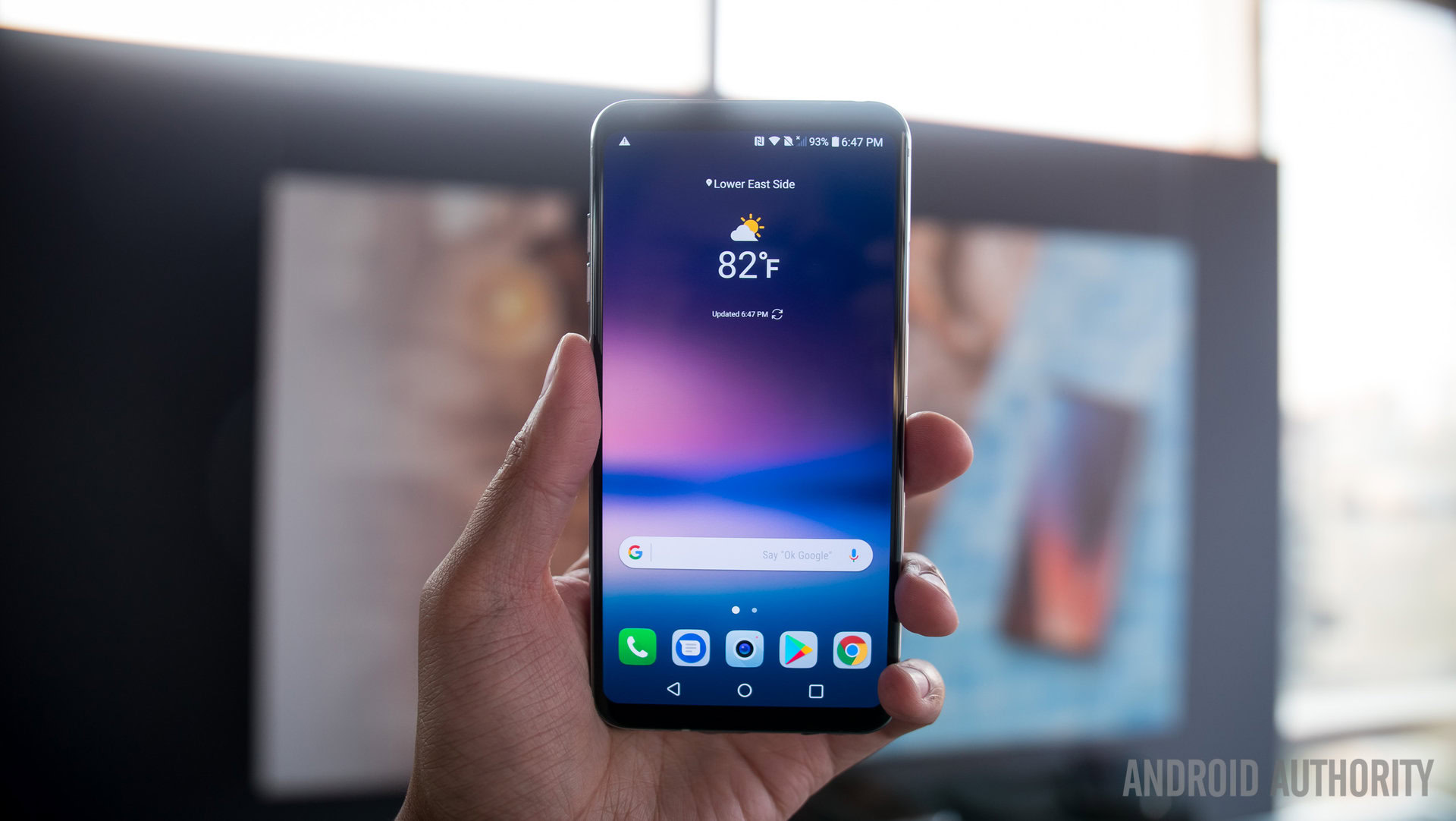
While the key points above give you a pretty solid idea of what LG V30 has to offer, if you want to know even more — we have your back!
- Dive into the specs. Want to know the deeper ins-and-outs of the LG V30’s spec sheet, from known carrier bands to colors, and more? You’ll want to head here.
- Go hands-on with the LG V30. Join Josh as he gives us his first hands-on impressions of the new LG flagship.
- Pricing and availability. You’ll want to bookmark this page, as we’ll continually update it as more carrier and regional release details come in over the next few hours, days, and weeks.
Are you excited by the LG V30? How does it compare to devices like the new Note 8? Let us know your views in the comments below!